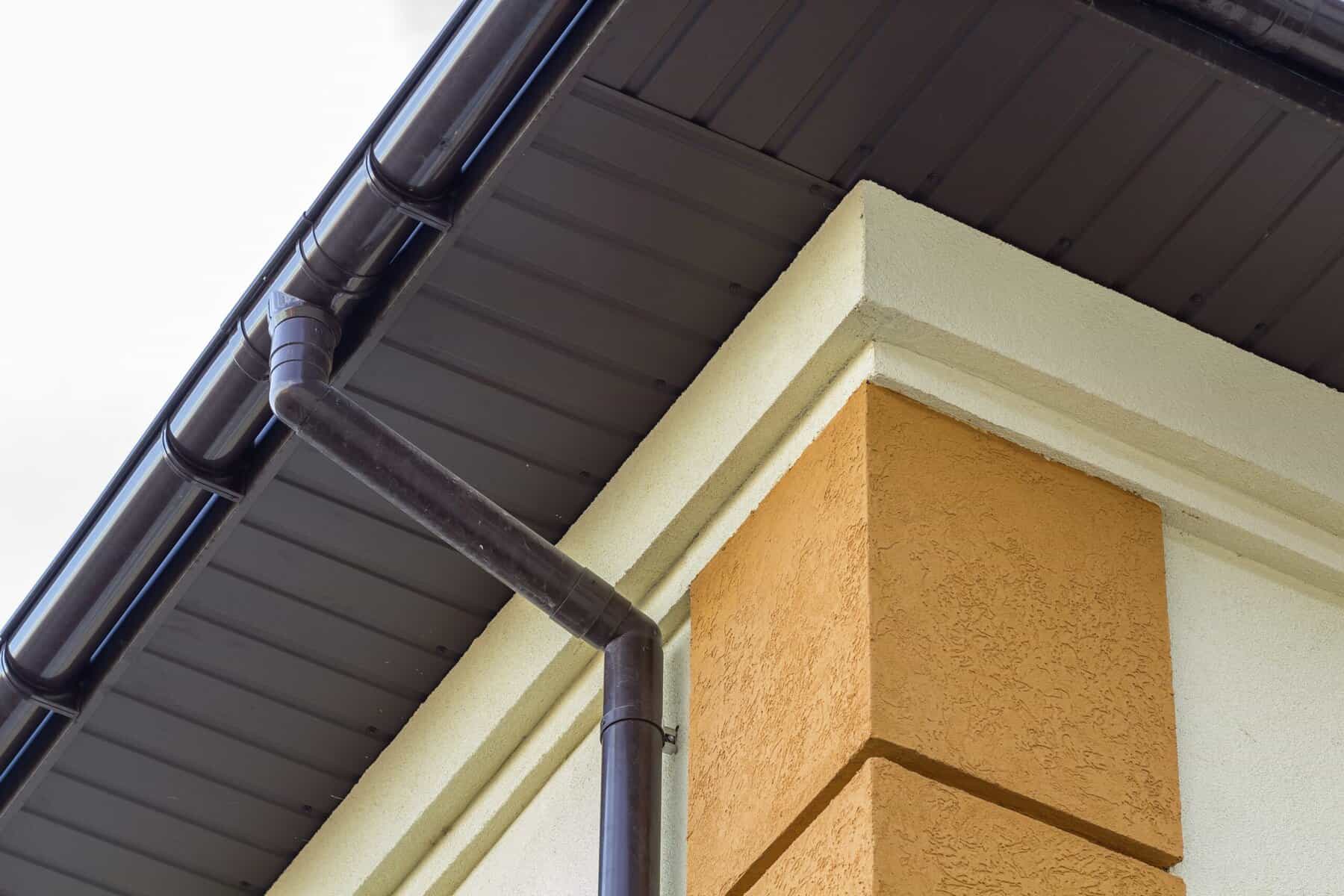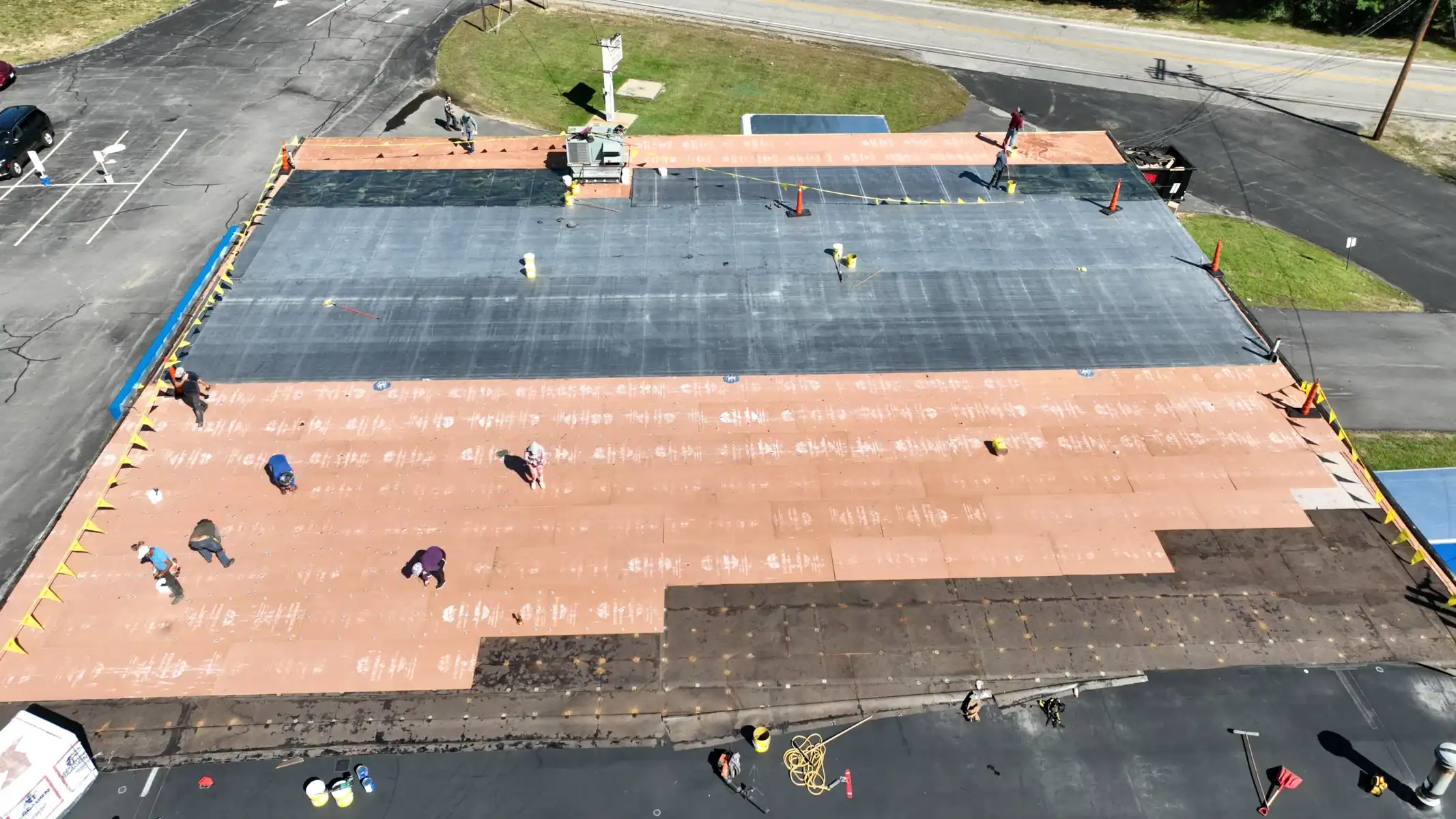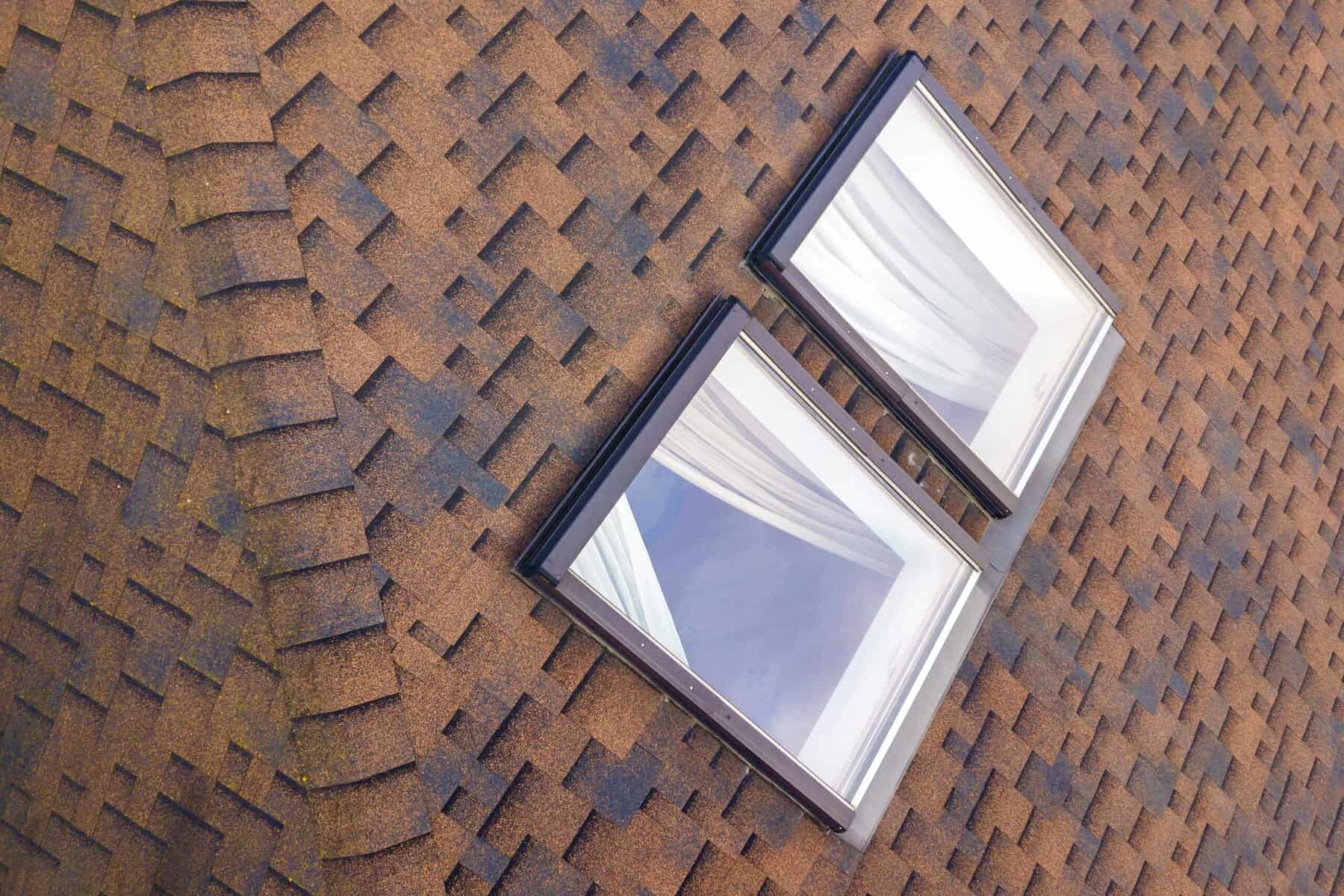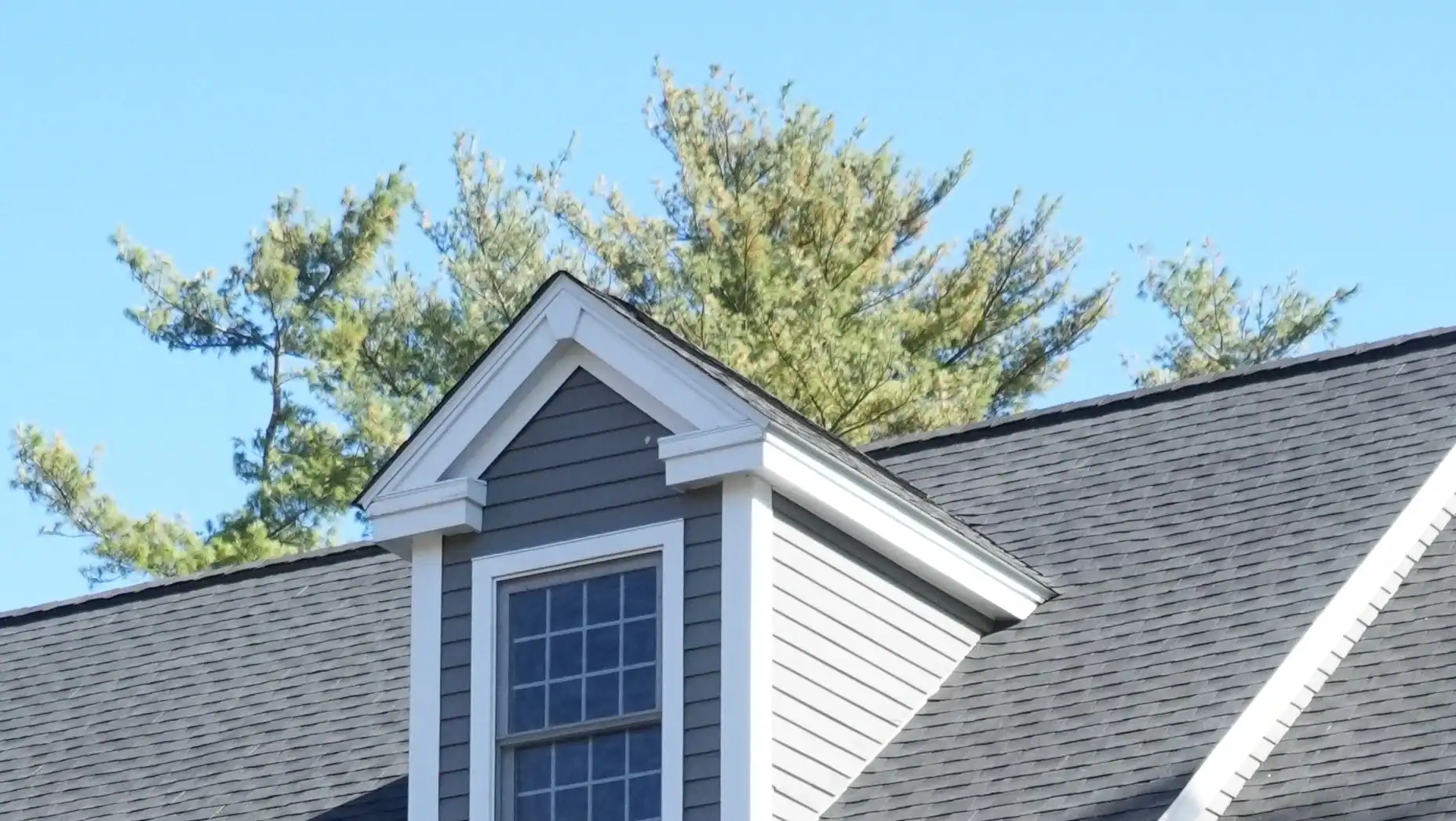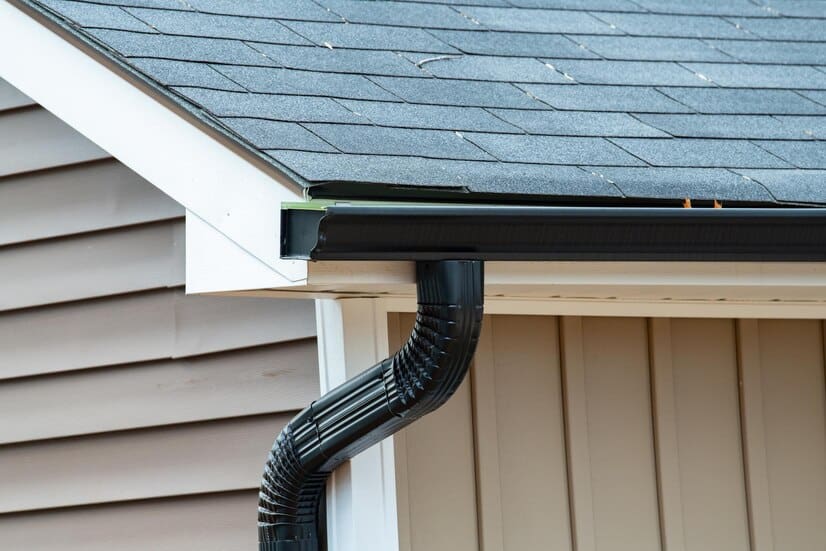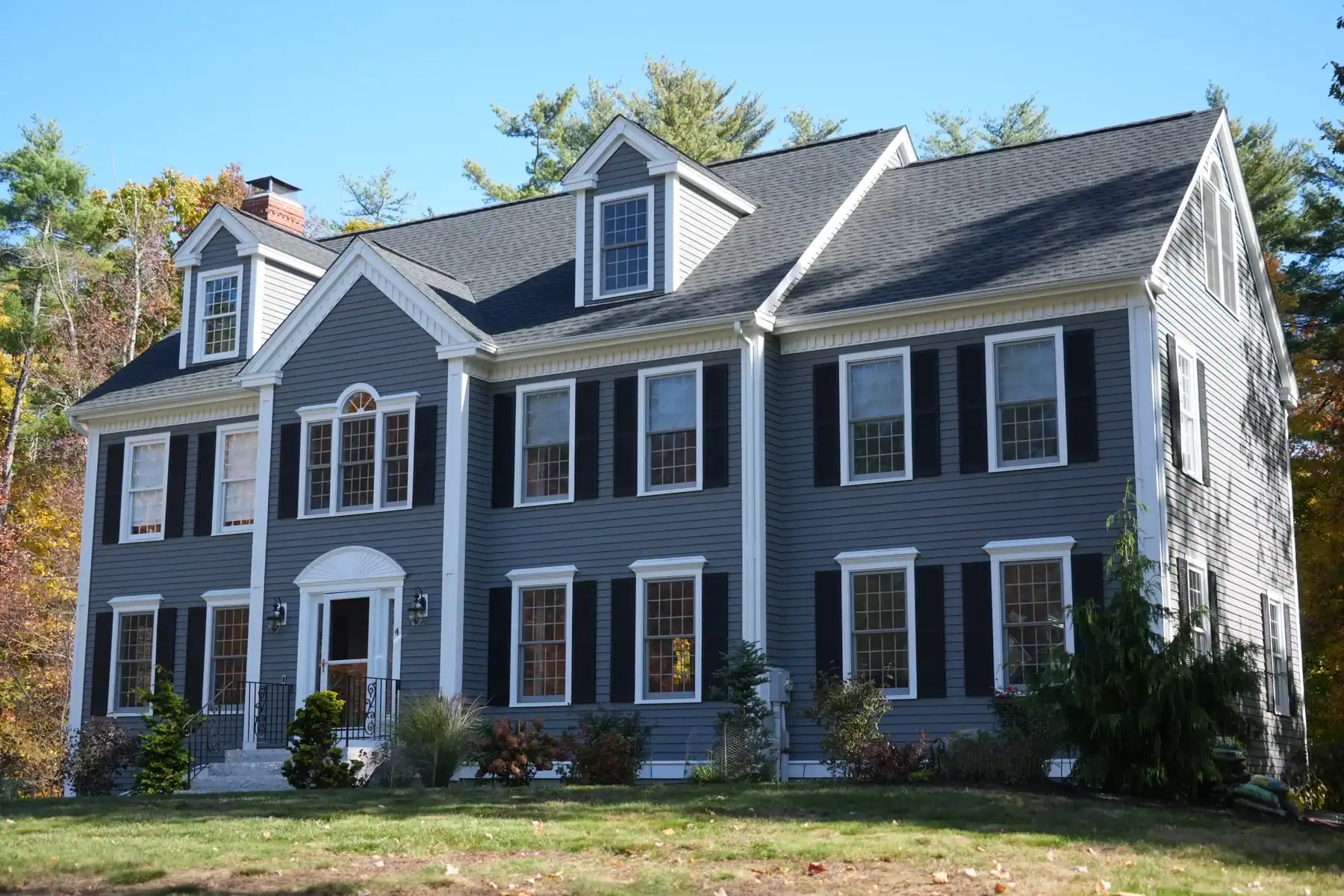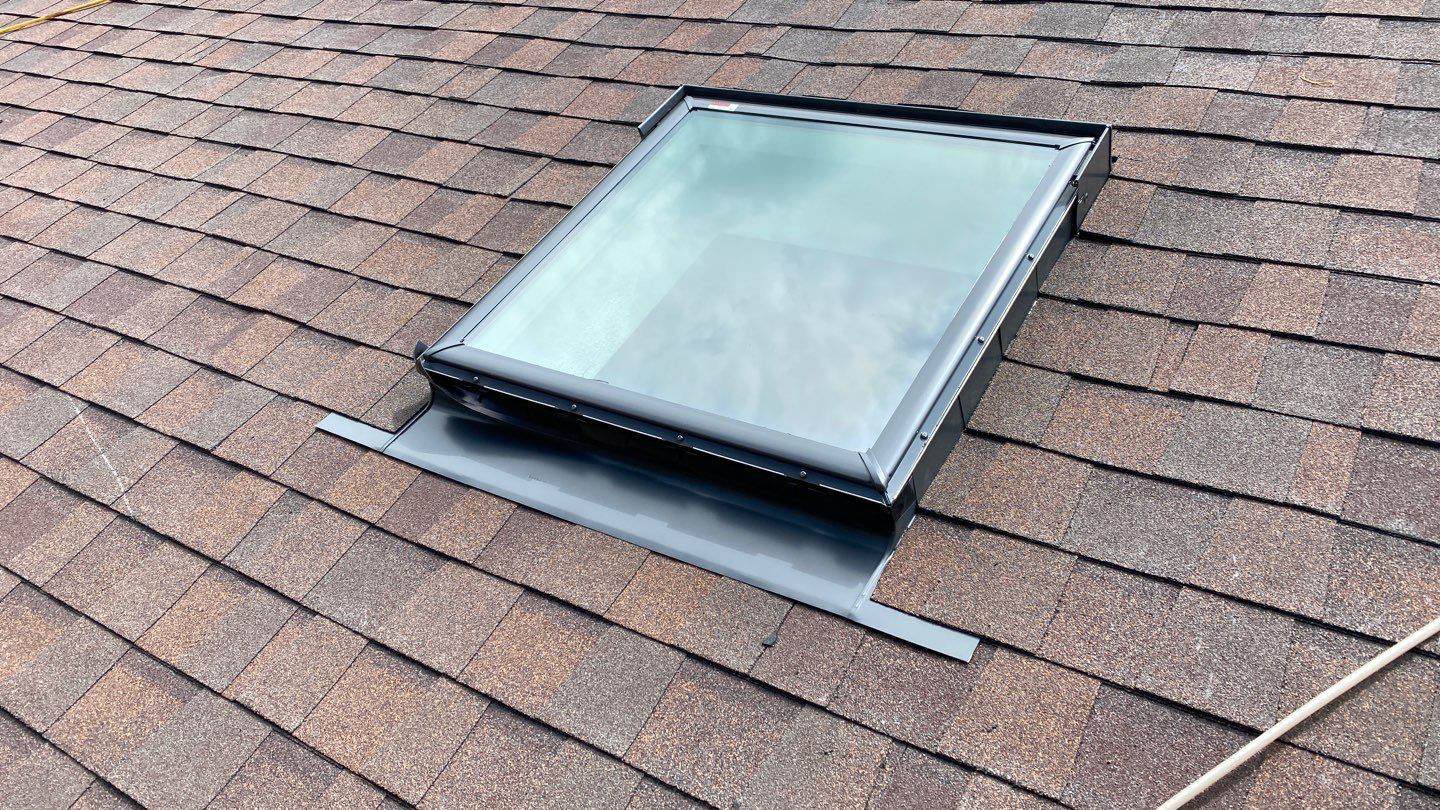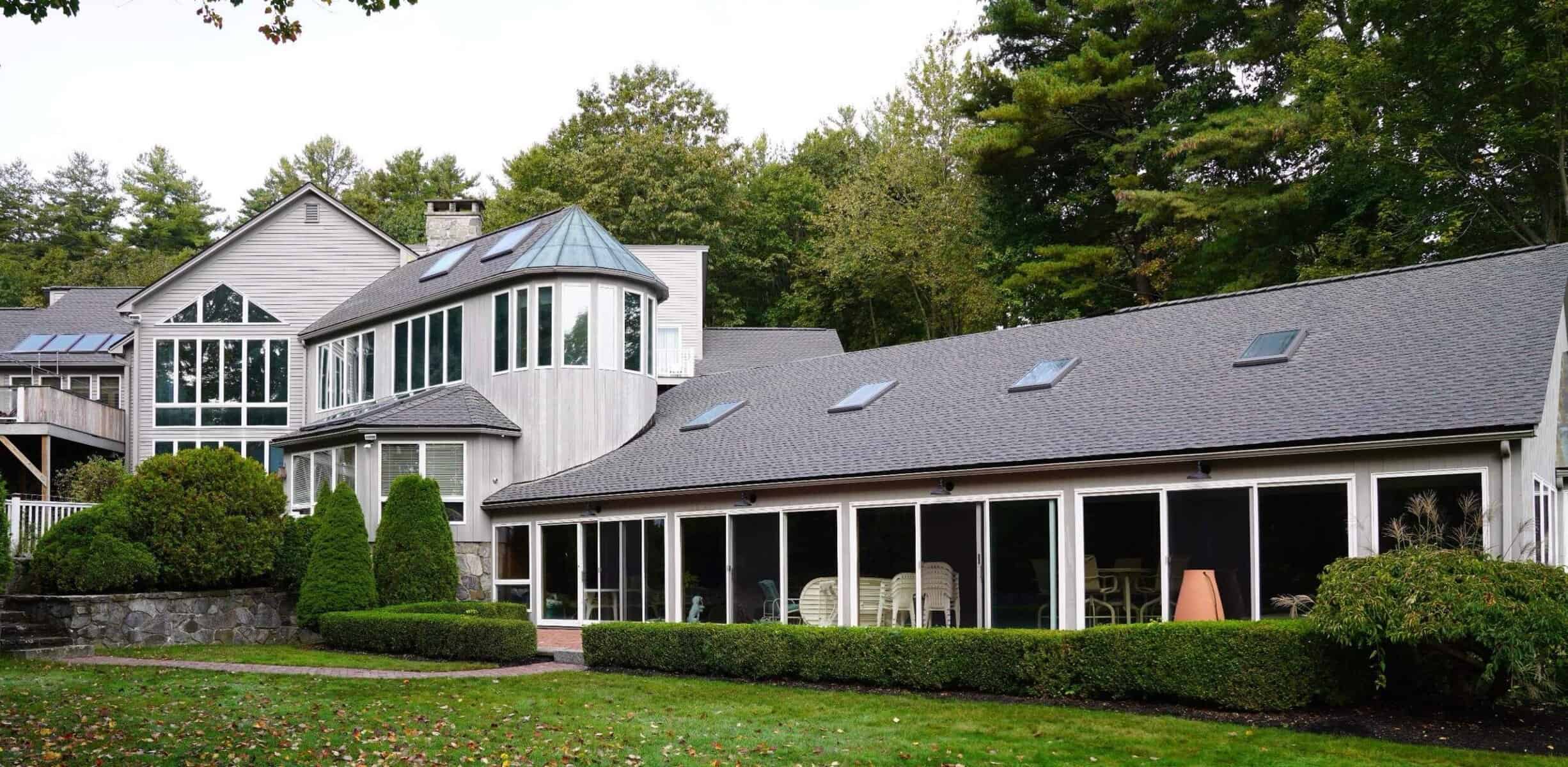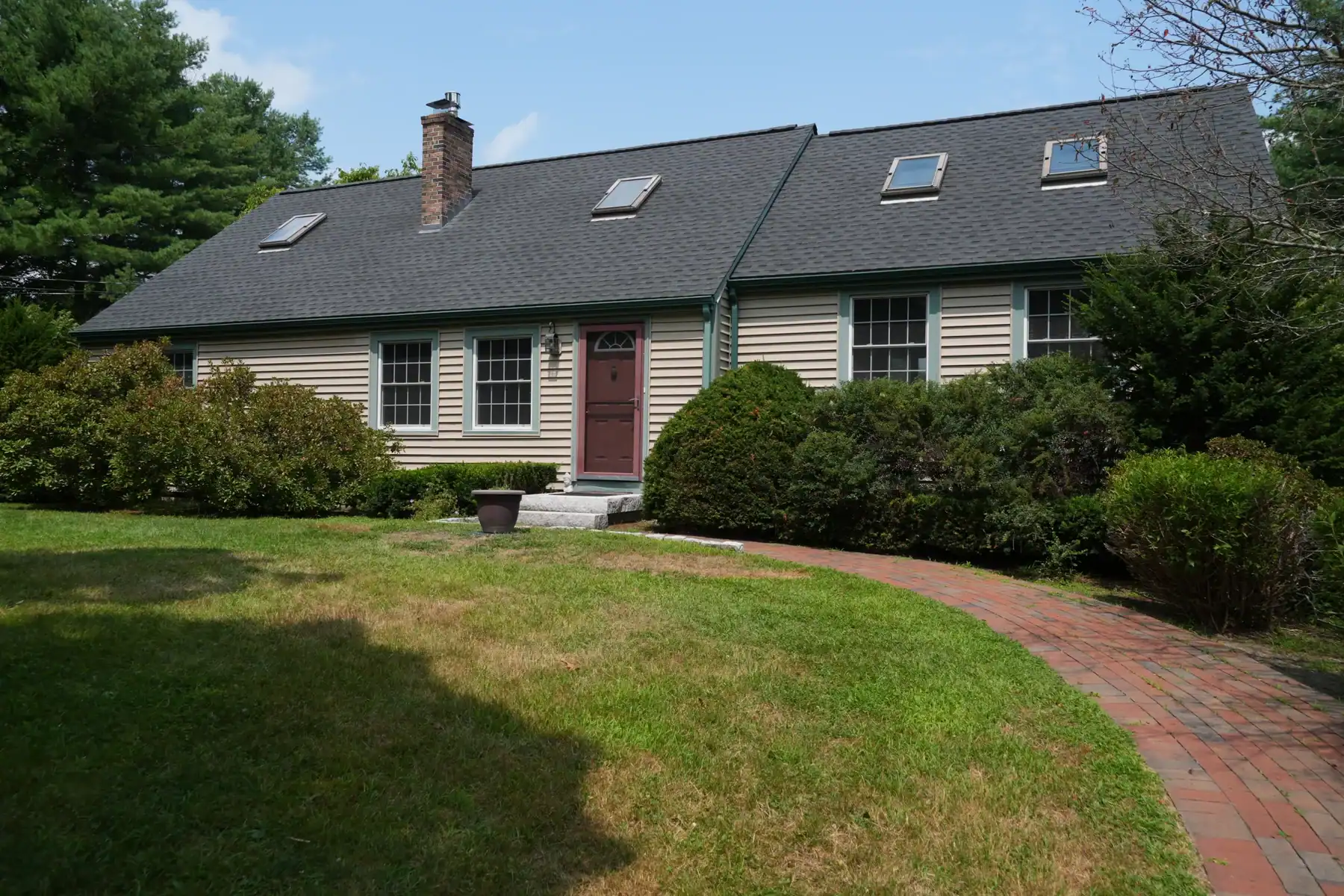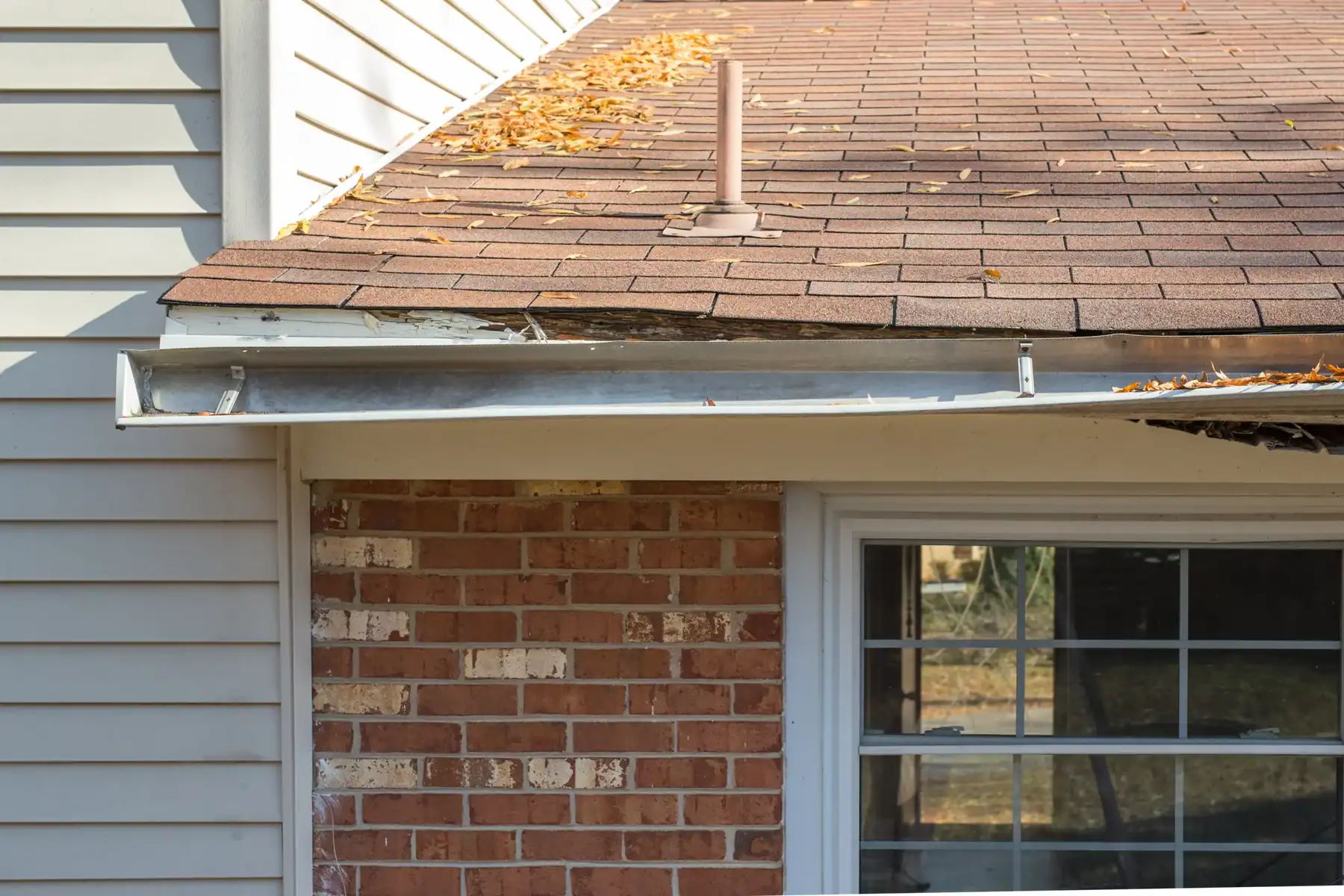A well-functioning and aesthetically pleasing gutter system protects and enhances your home’s curb appeal. As a trusted residential roofing contractor in New Hampshire and Southern Maine, J. Carnes & Son Roofing understands the importance of selecting the right rain gutters for your property and is proud to offer K-Style Rain Gutters as the ideal solution for homeowners seeking both functionality and visual appeal. K-Style Rain Gutters, also known as Ogee Gutters, are widely popular due to their high performance, durability, and attractive appearance, making them an excellent choice for your home’s gutter system.
Gutters play a crucial role in diverting water away from your home’s foundation, preventing costly damages such as basement flooding, landscape erosion, and foundation deterioration. Among the various gutter types on the market, K-Style Rain Gutters stand out for their ability to handle substantial amounts of water, making them suitable for regions like New Hampshire and Southern Maine that experience heavy rainfall. Additionally, their unique design resembles traditional crown molding, enhancing your home’s architectural aesthetic while providing reliable protection.
In this blog post, we will delve into the numerous benefits of K-Style Rain Gutters, from their design and functionality to their impact on your property’s visual appeal. We will also discuss the professional installation services provided by J. Carnes & Son Roofing and share essential maintenance tips to ensure the longevity and performance of your K-Style Rain Gutter system. By understanding the advantages of this popular gutter type, you will be well-equipped to make an informed decision when it comes to safeguarding and enhancing your home’s exterior.
Why Choose K-Style Rain Gutters for Your Home
Homeowners in New Hampshire and Southern Maine have several options when it comes to selecting the right gutter system for their property. K-Style Rain Gutters offers multiple advantages, making them an excellent choice for many homes:
1. High Capacity: Designed with a flat back and a decorative front, K-Style Rain Gutters provide a greater capacity for handling water compared to other gutter designs. This makes them ideal for regions that experience heavy rainfall, ensuring your home remains well-protected against water damage.
2. Durability: K-Style Rain Gutters are often crafted from robust materials, such as aluminum, galvanized steel, or copper, which makes them highly durable and resistant to rust and corrosion. With the right care and maintenance, they can serve your property for many years.
3. Aesthetics: Featuring an elegant design reminiscent of crown molding, K-Style Rain Gutters add an attractive touch to your home’s exterior. They complement various architectural styles and are available in numerous colors and materials, enabling you to select a gutter system that perfectly matches your property’s aesthetic.
4. Easy Installation: The flat back of K-Style Rain Gutters allows for seamless installation against your home’s fascia boards, simplifying the overall installation process and ensuring secure attachment to your property.
Professional Installation by J. Carnes & Son Roofing
Proper installation of your K-Style Rain Gutters is crucial for ensuring their functionality, durability, and visual appeal. At J. Carnes & Son Roofing, our experienced team is dedicated to providing top-quality gutter installation services, including:
1. In-Depth Consultation: To determine the best gutter system for your home, our team will work closely with you to understand your property’s specific requirements and preferences, assisting you in selecting the ideal K-Style Rain Gutter system.
2. Careful Planning: Our professionals carefully plan the installation process, ensuring the appropriate gutter size, material, and design to suit your property’s unique needs.
3. Expert Installation: Our skilled technicians are equipped to install your K-Style Rain Gutters accurately and securely on your home, guaranteeing reliable protection and an attractive finish.
4. Post-Installation Inspection: After completing the installation, our team conducts a thorough inspection to ensure the gutter system meets all quality and safety standards.
Maintaining Your K-Style Rain Gutters
Regular maintenance is essential for keeping your K-Style Rain Gutters functioning effectively and prolonging their lifespan. To ensure optimal performance, follow these essential maintenance tips:
1. Gutter Cleaning: Clean your gutters at least twice a year, removing debris like leaves, branches, and dirt to prevent blockages that can cause water damage to your home.
2. Inspections: Regularly inspect your K-Style Rain Gutters for signs of damage, rust, or loose connections, addressing any issues promptly to maintain your gutter system’s integrity.
3. Downspout Maintenance: Ensure your downspouts are properly directing water away from your foundation, as this is essential for preventing costly damages to your property.
4. Gutter Guards: To minimize gutter maintenance, consider installing leaf guards or gutter screens, which help prevent debris buildup and reduce the frequency of cleaning.
Popular Material Options for K-Style Rain Gutters
K-Style Rain Gutters are available in various materials, providing homeowners with options to suit their preferences, budget, and maintenance requirements. Some popular choices include:
1. Aluminum: This cost-effective and lightweight material is corrosion-resistant, making it a popular choice for gutter systems. Aluminum gutters are available in various colors and can be painted to match your home’s exterior.
2. Galvanized Steel: Known for its strength and durability, galvanized steel is a sturdy option for K-Style Rain Gutters that can withstand heavy rainfall and harsh weather conditions. However, this material requires more maintenance than aluminum, as it may be prone to rust over time.
3. Copper: Offering a visually stunning appearance, copper gutters age gracefully over time, developing a beautiful patina. While copper has a higher upfront cost, its durability and low maintenance requirements make it an attractive investment for many homeowners.
Conclusion
K-Style Rain Gutters are an ideal choice for homeowners in New Hampshire and Southern Maine seeking a gutter system that offers protection, functionality, and visual appeal. By understanding the benefits and maintenance requirements of this popular gutter design, selecting the appropriate material, and entrusting professional installation services to J. Carnes & Son Roofing, you can ensure that your home remains well-protected and aesthetically pleasing for years to come.
Trust our team of experts to guide you through the process and support you in making the best decision for your property.

